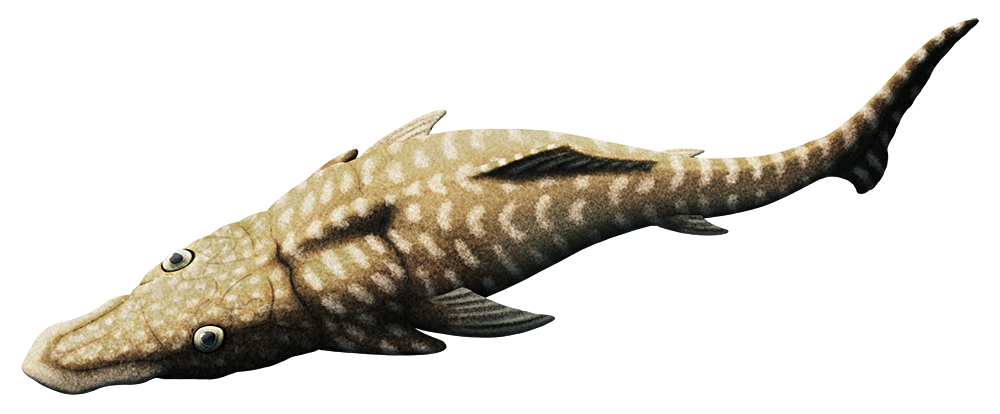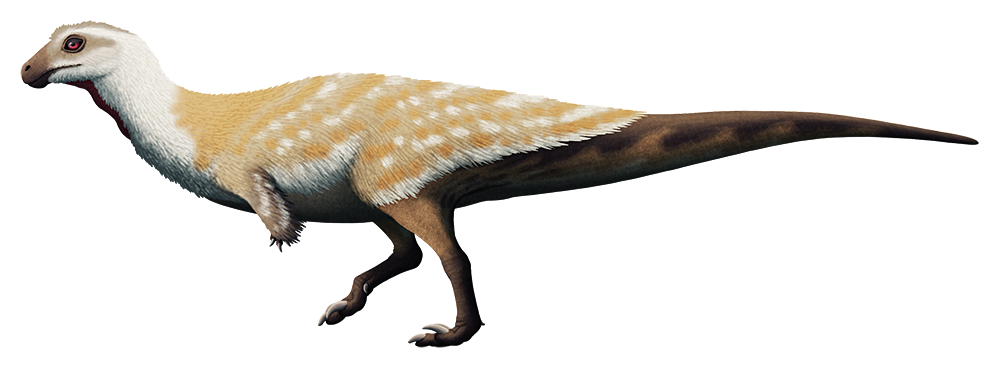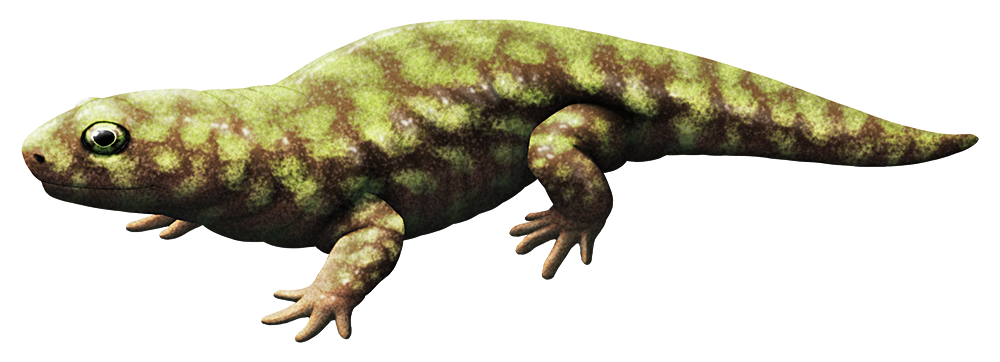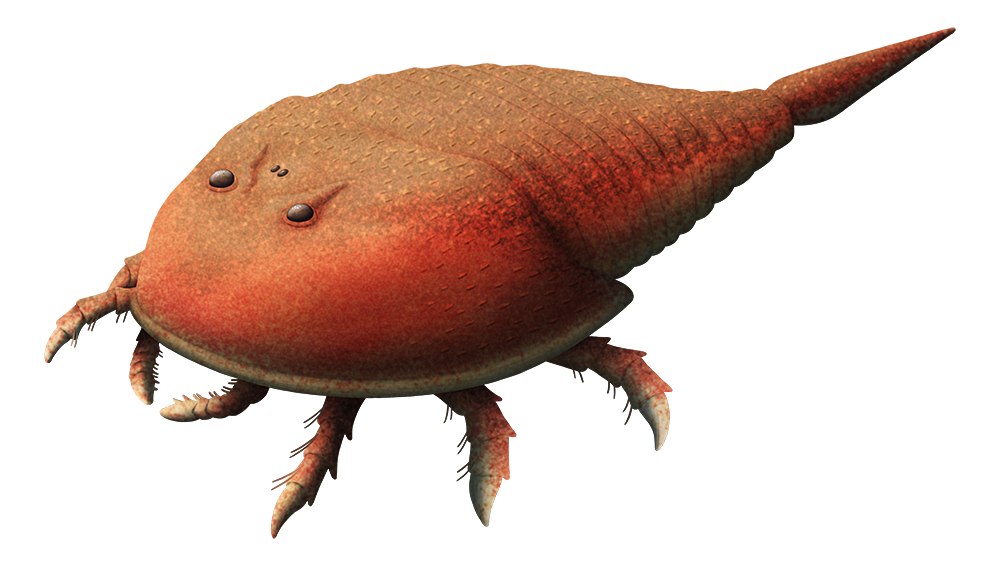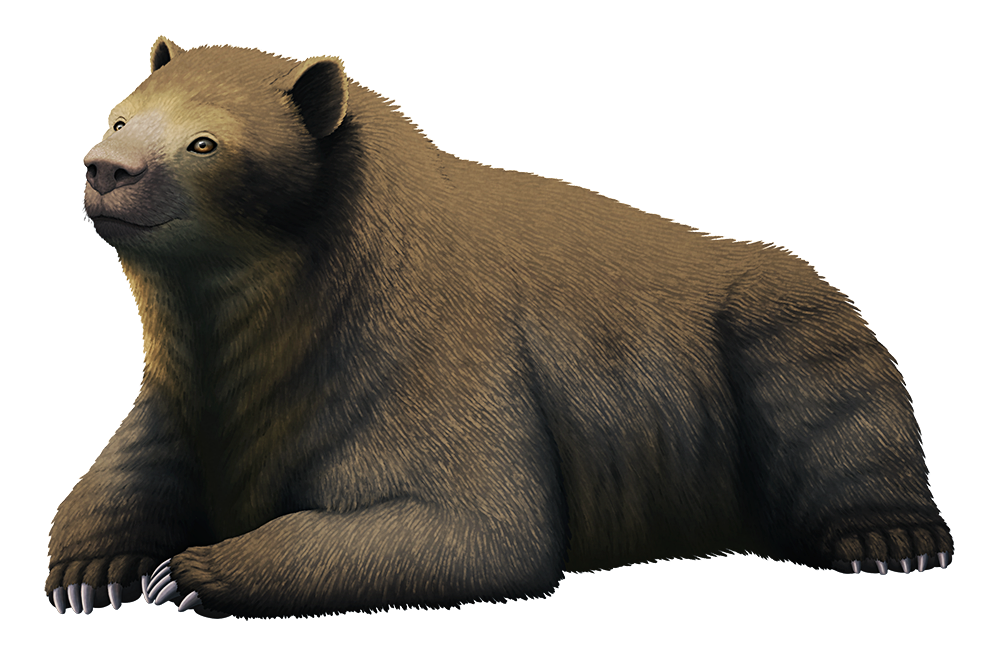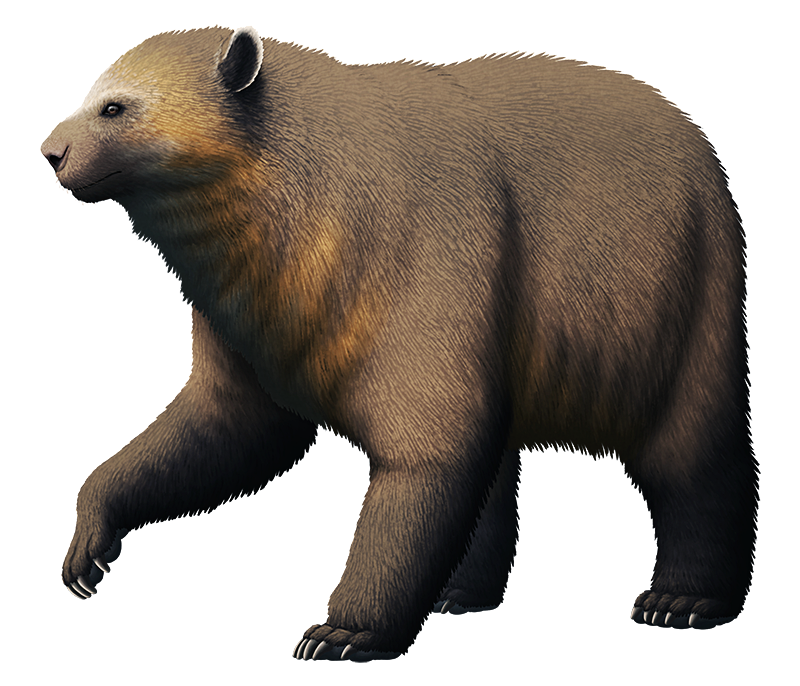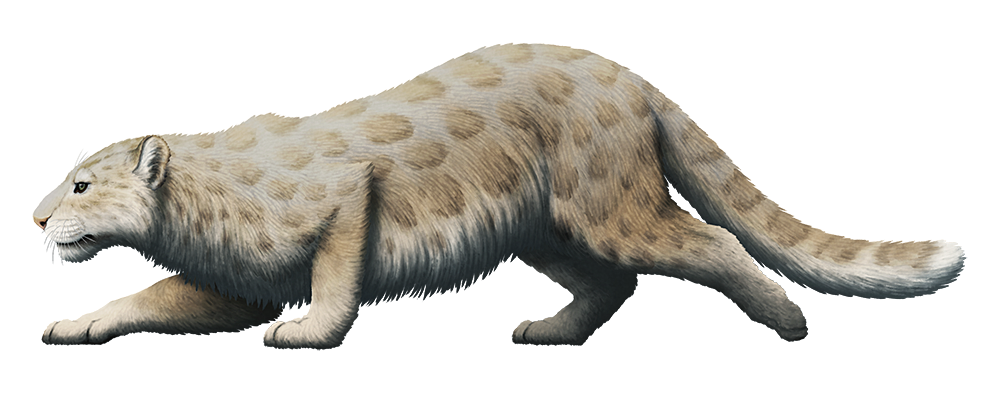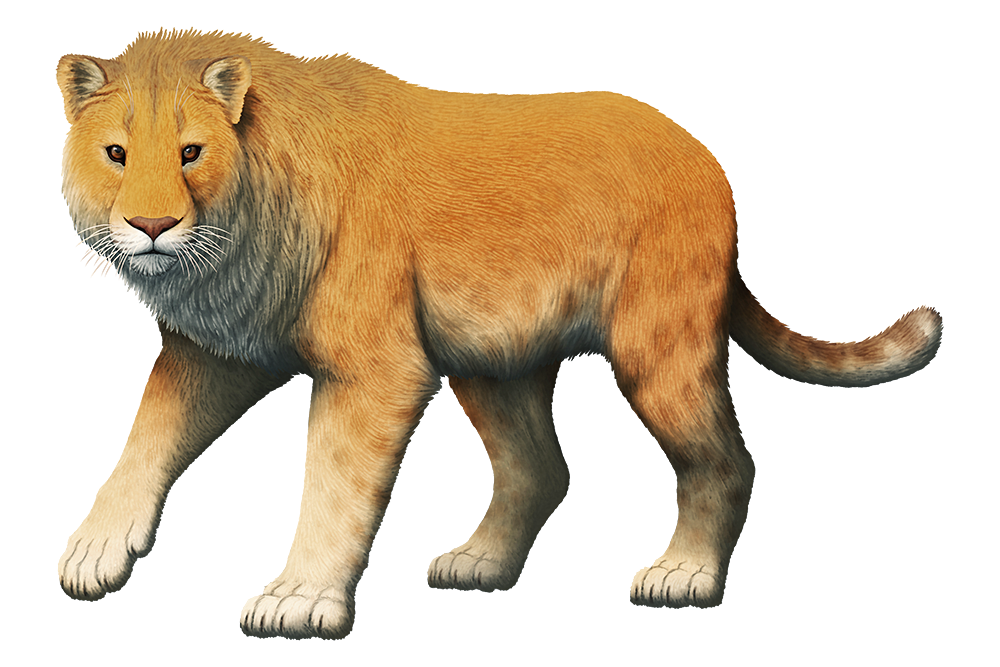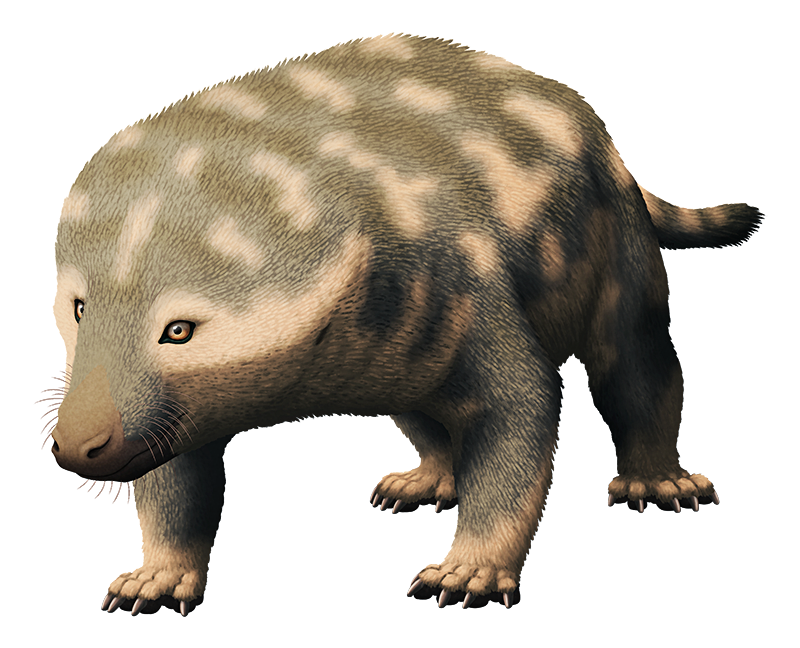While modern crocodilians are all semi-aquatic, their Mesozoic ancestors (known as neosuchians) started off fully terrestrial, only really moving into their familiar water-based ecological niches around the mid-Jurassic when the dinosaurs were dominating on land.
But on multiple occasions members of the neosuchian croc lineage independently went back to fully terrestrial habits, and Tarsomordeo winkleri here is one of the most recently discovered examples.
Living about 113 million years ago in the Early Cretaceous of central Texas, USA, Tarsomordeo was surprisingly small, only about 60cm long (2′) – the size of an average cat. Its tiny size even ended up inspiring its name, which translates to “ankle biter”.
It had long slender limbs held in an upright posture, suggesting it was a swift and agile runner capable of chasing after fast-moving prey. Since it lived in a semi-arid environment that seems to have been a major nesting site for the herbivorous Convolosaurus, their hatchlings probably also made up a large part of its diet during the breeding season.


